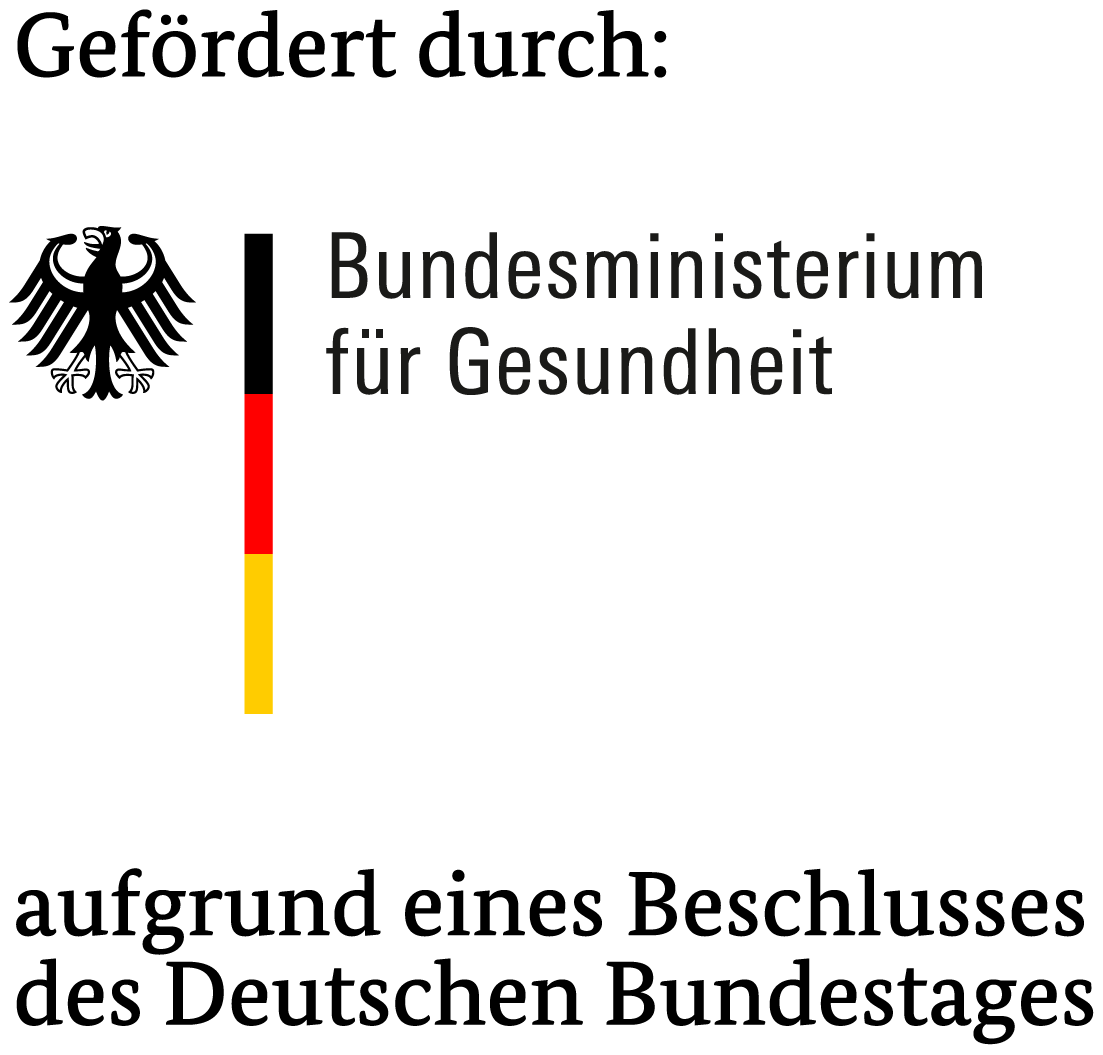Kraus, L., Möckl, J., Lochbühler, K., Rauschert, C., Seitz, N.-N., Olderbak, S.
Changes in the use of tobacco, alternative tobacco products, and tobacco alternatives in Germany2022
Deutsches Ärzteblatt International, 119, 535-541. doi: 10.3238/arztebl.m2022.0252
Full text (open access) on the Journal´s website:
https://www.aerzteblatt.de/int/archive/article/226335
Background: Due to the increasing use of alternative tobacco products (waterpipes, heat-not-burn) and tobacco alternatives (e-cigarettes), we studied recent changes in the prevalence of conventional tobacco use and alternative products.
Methods: Data come from ten waves of the Epidemiological Survey of Substance Abuse (ESA) from 1995 to 2021, with representative samples collected via paper-pencil questionnaires, telephone interviews, or online. We compared the prevalence of conventional tobacco use and alternative products by gender and age (18–24, 25–39, 40–59 years).
Results: In all age groups, the use of conventional tobacco products decreased. The prevalence of the exclusive use of one of the three alternative products differed statistically significantly between age groups and in 2021 was higher for ages 18–24 (females: 11.1%, males: 12.4%) compared to ages 25–39 (females: 2.9%; males: 4.9%) and ages 40–59 (females: 1.4%; males: 2.0%). The use of alternative products was mainly due to the exclusive use of waterpipes among individuals aged 18 to 24 and 25 to 39 and the exclusive use of e-cigarettes among individuals aged 40 to 59.
Conclusions: The higher prevalence of alternative product use among young adults implies a turning point that needs to be considered in prevention. Because of the addictive potential of these products, young adults can be expected to maintain their use into middle and older adulthood. There is a need to monitor the use of alternative products, identify the risks associated with them, and develop effective prevention and cessation interventions for adults.

IFT Institut für Therapieforschung
Leopoldstraße 175
80804 München
Tel. +49 89 360804-0
Fax +49 89 360804-19
Email: ift@ift.de